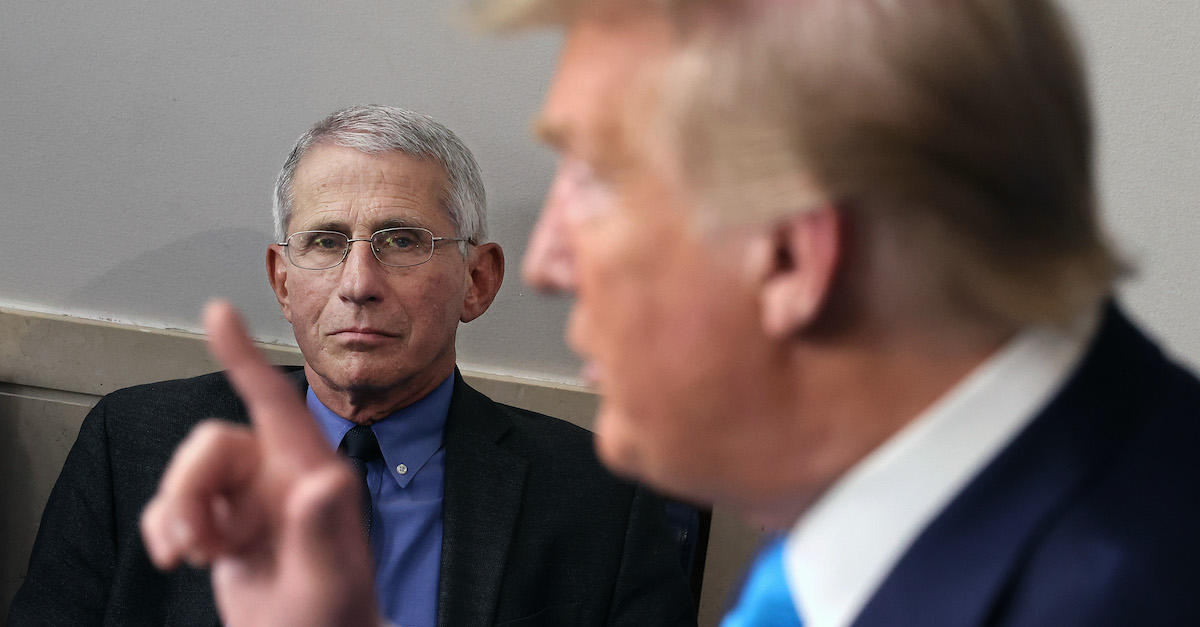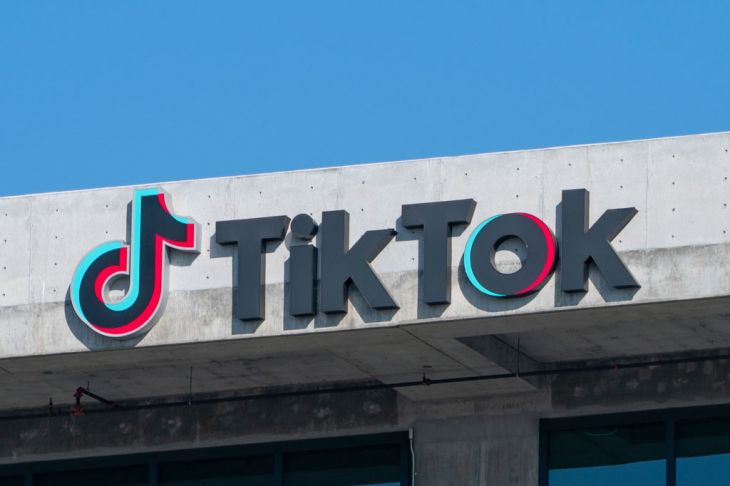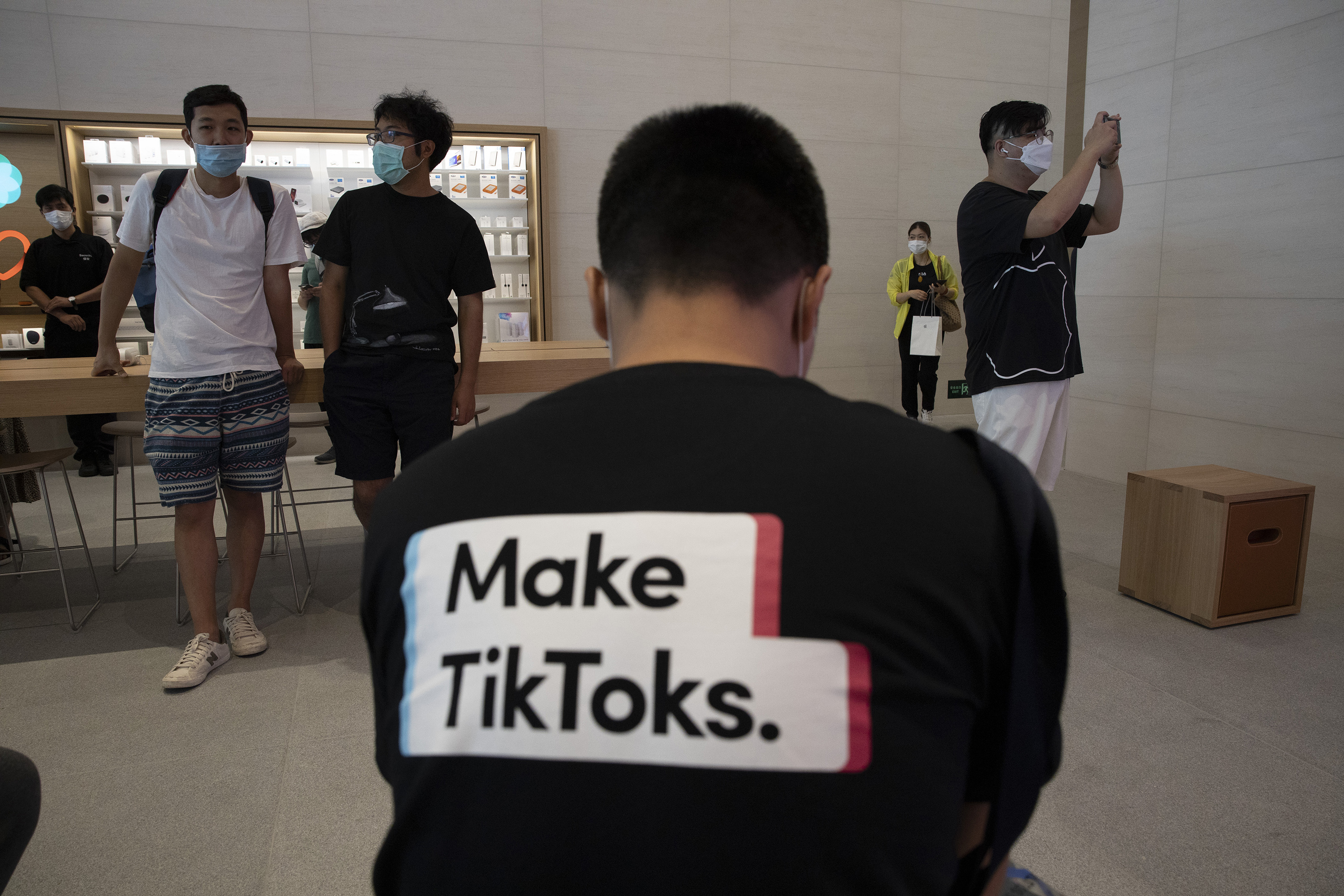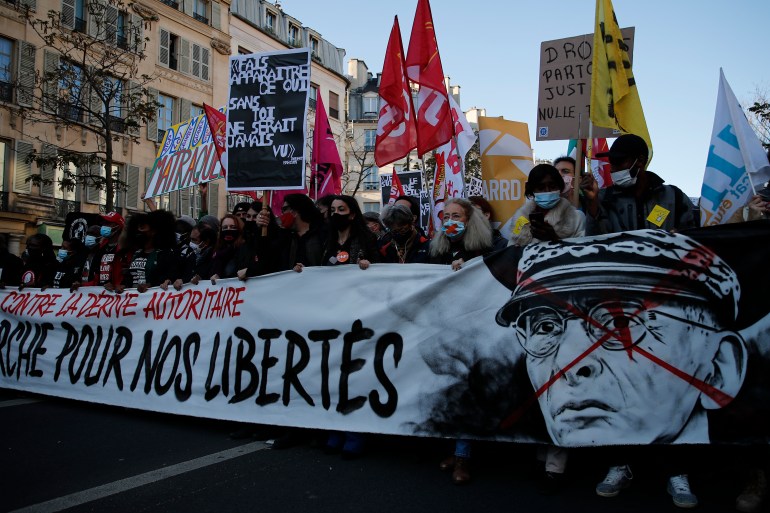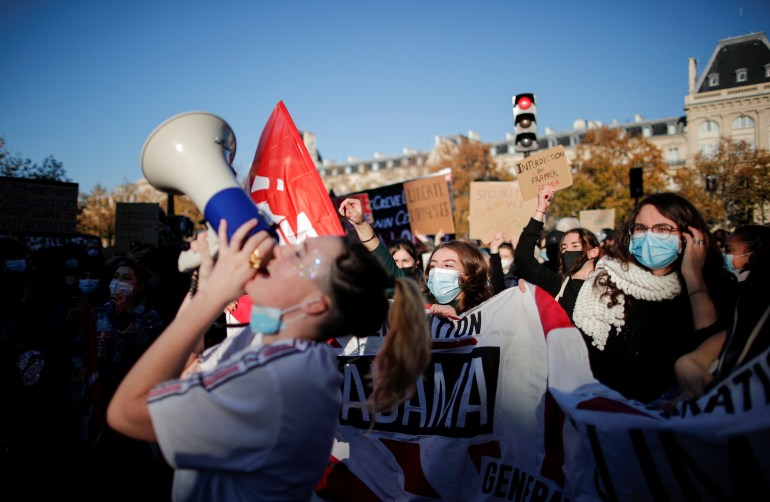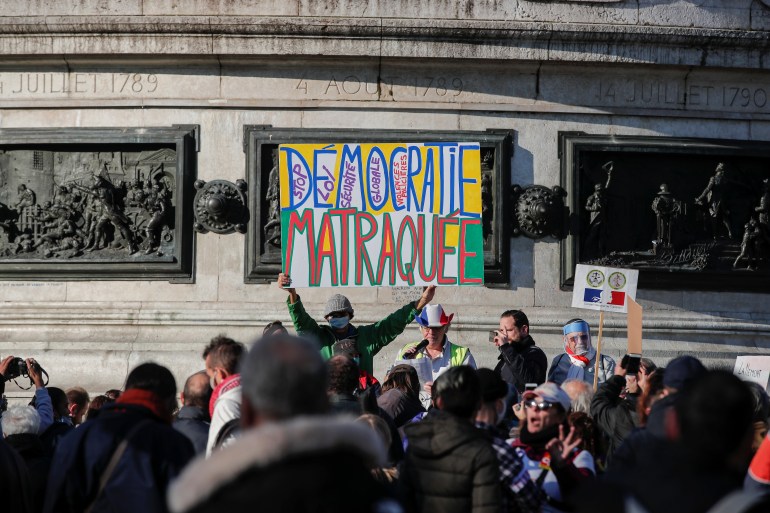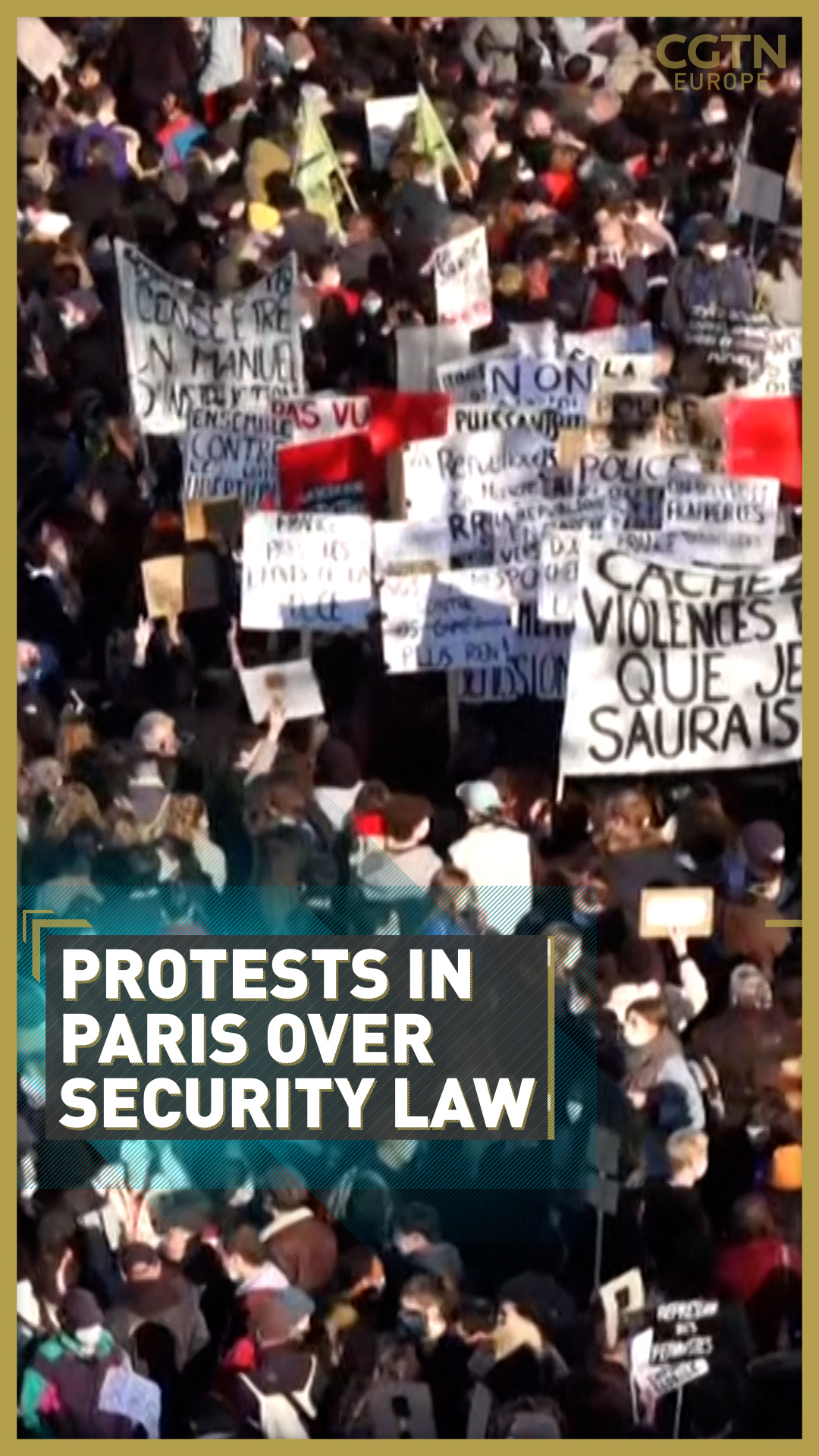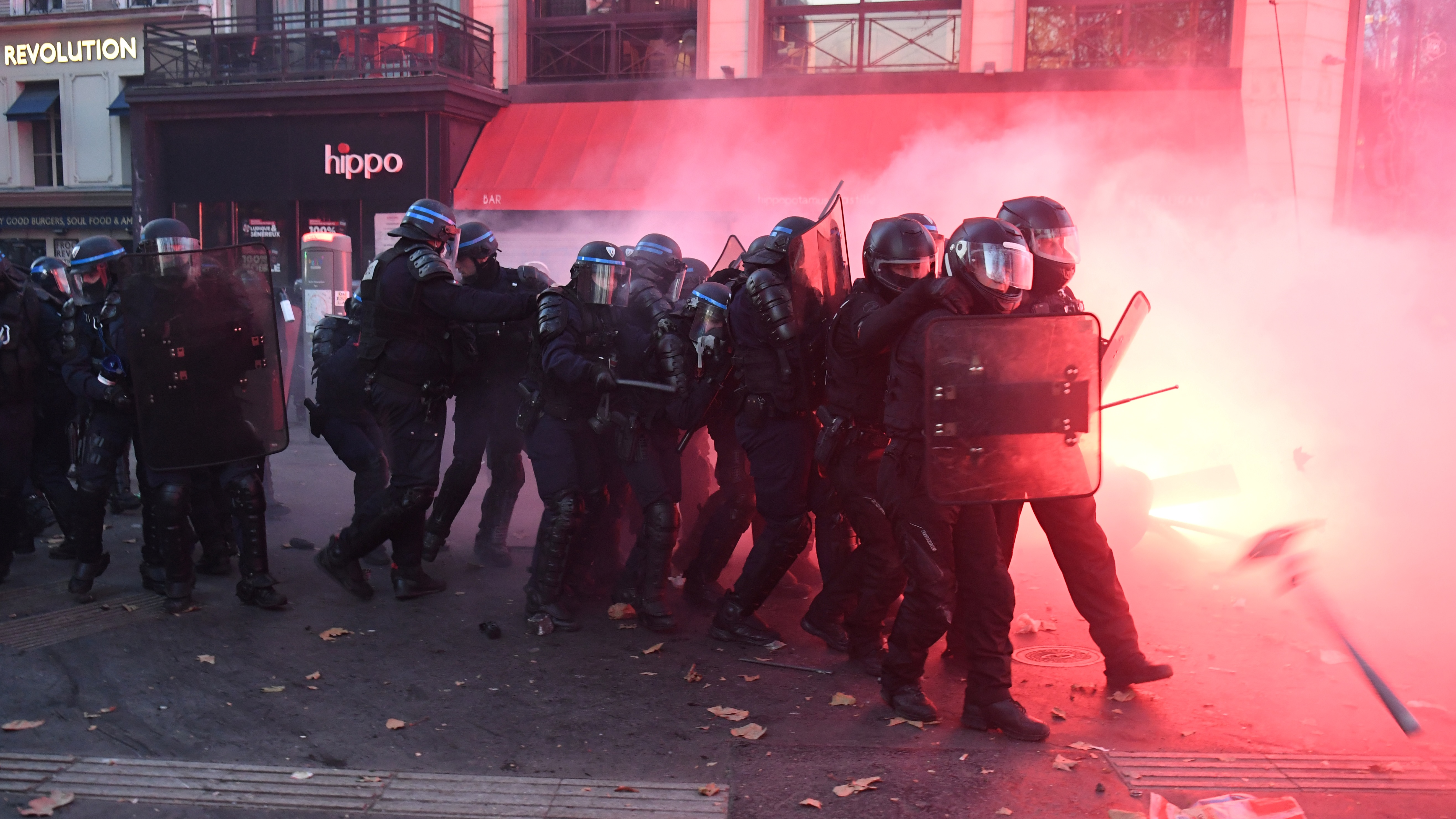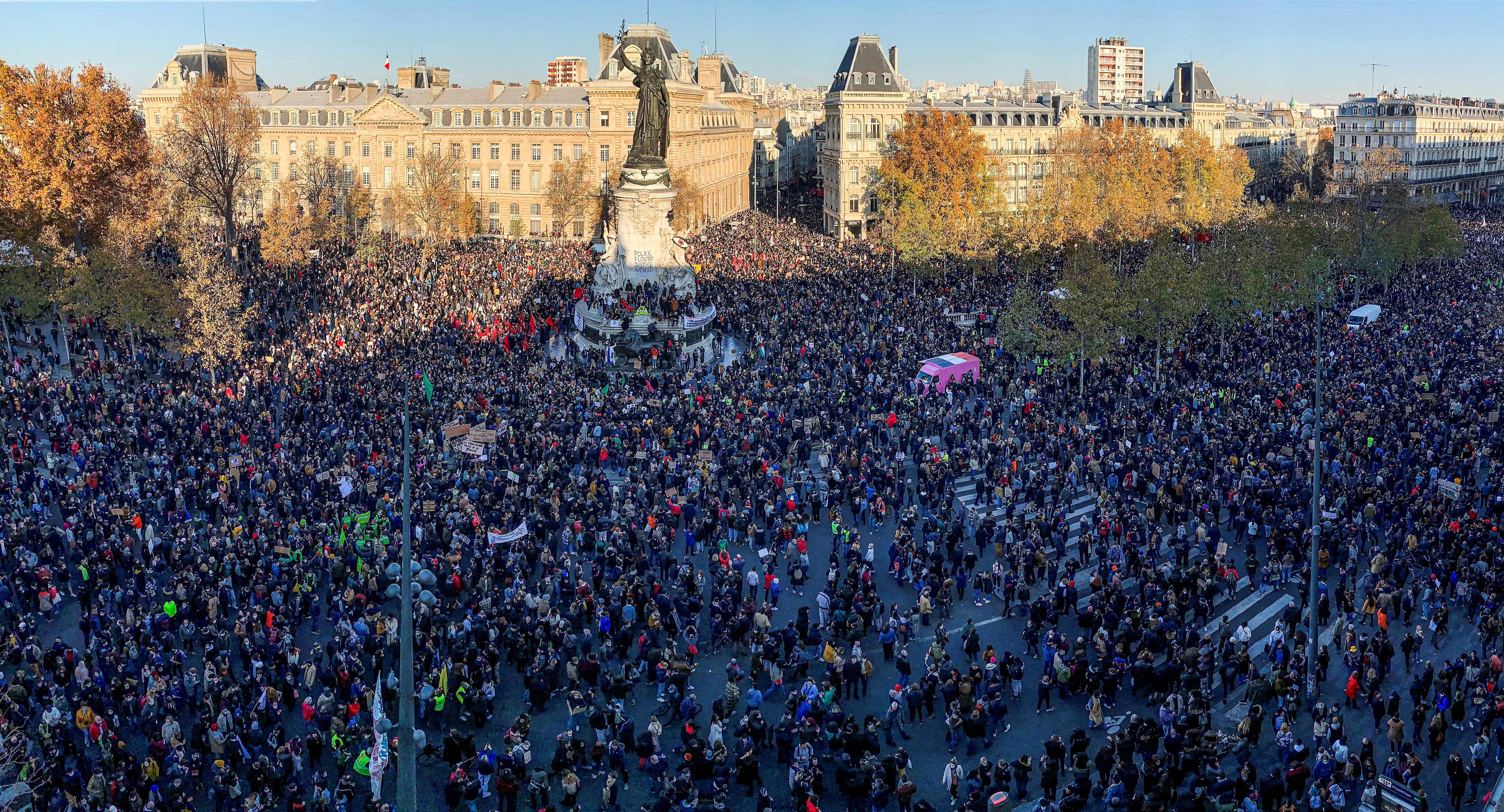THERE GOES ANOTHER GLASS CEILING
CNNWire Saturday, November 28, 2020

Vanderbilt place kicker Sarah Fuller warms up before the start of an NCAA college football game against Missouri Saturday, Nov. 28, 2020, in Columbia, Mo.
(AP Photo/L.G. Patterson)
NASHVILLE, Tennessee -- Vanderbilt University's Sarah Fuller made college football history Saturday when she became the first woman to play in the Power 5 Conference with a kickoff against the University of Missouri.
Fuller took the opening kickoff in the third quarter. The low kick sailed 30 yards before Missouri's Mason Pack downed it at his team's 35-yard line.
"Ladies and Gentlemen, you have witnessed history," Vanderbilt Football tweeted with a video of Fuller being congratulated on the sideline after the kick.
CHANGING THE GAME 👏
Sarah Fuller just became the first woman to play in a Power 5 college football game. @SECNetwork pic.twitter.com/Qq3U6jtica— SportsCenter (@SportsCenter) November 28, 2020
She became the first woman to officially take the field during a football game in a Southeastern Conference and Power 5 Conference game, according to the Vanderbilt athletics' website.
The Power 5 is made up of the biggest athletic conferences, including the SEC, Atlantic Coast Conference (ACC), Big Ten Conference, Big 12 Conference and Pac-12 Conference.
"I think it's amazing and incredible. But I'm also trying to separate that because I know this is a job I need to do and I want to help the team out and I want to do the best that I can," Fuller told the school before the game. "Placing that historical aspect aside just helps me focus in on what I need to do. I don't want to let them down in any way."
Fuller is a goalkeeper for the Vanderbilt women's soccer team. Her opportunity came because many of Vanderbilt's specialists are in quarantine due to Covid-19, according to the school and ESPN. Head football coach Derek Mason told ESPN Fuller "is an option for us."
"She's got a strong leg. We'll see what that yields," Mason told the sports network. "We'll figure out what that looks like on Saturday."
Fuller plans to wear the message "Play Like A Girl" on the back of her helmet Saturday to encourage other young women, according to Vanderbilt.
Two other women have also played in Football Bowl Subdivision (FBS) contests, Vanderbilt says. Katie Hnida did it first when she kicked two extra points for the University of New Mexico against Texas State in 2003. Then came April Goss, who kicked an extra point for Kent State during their 2015 game.
NASHVILLE, Tennessee -- Vanderbilt University's Sarah Fuller made college football history Saturday when she became the first woman to play in the Power 5 Conference with a kickoff against the University of Missouri.
Fuller took the opening kickoff in the third quarter. The low kick sailed 30 yards before Missouri's Mason Pack downed it at his team's 35-yard line.
"Ladies and Gentlemen, you have witnessed history," Vanderbilt Football tweeted with a video of Fuller being congratulated on the sideline after the kick.
CHANGING THE GAME 👏
Sarah Fuller just became the first woman to play in a Power 5 college football game. @SECNetwork pic.twitter.com/Qq3U6jtica— SportsCenter (@SportsCenter) November 28, 2020
She became the first woman to officially take the field during a football game in a Southeastern Conference and Power 5 Conference game, according to the Vanderbilt athletics' website.
The Power 5 is made up of the biggest athletic conferences, including the SEC, Atlantic Coast Conference (ACC), Big Ten Conference, Big 12 Conference and Pac-12 Conference.
"I think it's amazing and incredible. But I'm also trying to separate that because I know this is a job I need to do and I want to help the team out and I want to do the best that I can," Fuller told the school before the game. "Placing that historical aspect aside just helps me focus in on what I need to do. I don't want to let them down in any way."
Fuller is a goalkeeper for the Vanderbilt women's soccer team. Her opportunity came because many of Vanderbilt's specialists are in quarantine due to Covid-19, according to the school and ESPN. Head football coach Derek Mason told ESPN Fuller "is an option for us."
"She's got a strong leg. We'll see what that yields," Mason told the sports network. "We'll figure out what that looks like on Saturday."
Fuller plans to wear the message "Play Like A Girl" on the back of her helmet Saturday to encourage other young women, according to Vanderbilt.
Two other women have also played in Football Bowl Subdivision (FBS) contests, Vanderbilt says. Katie Hnida did it first when she kicked two extra points for the University of New Mexico against Texas State in 2003. Then came April Goss, who kicked an extra point for Kent State during their 2015 game.
Female kicker makes college American football breakthrough
Published on November 28, 2020 By Agence France-Presse

Published on November 28, 2020 By Agence France-Presse

Vanderbilt University kicker Sarah Fuller (Twitter).
Vanderbilt University kicker Sarah Fuller made collegiate American football history Saturday as the first woman to play in a “Power Five” contest in the Commodores’ 41-0 loss to Missouri.
Fuller, goalkeeper for the school’s Southeastern Conference champion women’s soccer squad, was given the chance to play on the gridiron after Covid-19 testing left Vanderbilt without a kicker.
“I was really excited to step out on the field and do my thing,” Fuller said.
Because Vanderbilt’s offensive unit sputtered, her contribution was limited to a single play — the second-half kickoff. She punched the ball to the Missouri 35-yard line, a tricky low offering compared to the usual deeper kicks, where the Tigers fell upon it.
Vanderbilt coach Derek Mason said she executed the kick exactly as planned.
Fuller, whose helmet had the message “Play like a girl” on the back, felt the breakthrough moment, as the first woman to play for a major college football program, although other women have kicked previously for college teams at lower levels.
Tomorrow I will be wearing “Play Like a Girl” on the back of my helmet. @iplaylikeagirl is nonprofit that encourages girls to play sports and get exposure to STEM opportunities. Check them out! #playlikeagirl https://t.co/2inXh5PM2V pic.twitter.com/W7lF9dXkUR
— Sarah Fuller (@SarahFuller_27) November 27, 2020
“Honestly, it’s just so exciting,” Fuller said. “The fact that I can represent the little girls out there who wanted to do this — or thought about playing football or any sport, really — and it encourages them to be able to step out and do something big like this, it’s so awesome.”
Fuller had a 7-2 record for the Commodores women’s soccer squad and was pleased to send a message to young girls who might emulate her example in whatever field they might choose.
“I just want to tell all the girls out there — you can do anything you set your mind to,” Fuller said. “You really can. If you have that mentality all the way through, you can do big things.”
HISTORY MADE @VandyFootball’s Sarah Fuller is the first woman in college football history to play in a Power 5 game. pic.twitter.com/zhSaLqa3Bg
@VandyFootball’s Sarah Fuller is the first woman in college football history to play in a Power 5 game. pic.twitter.com/zhSaLqa3Bg
— SEC Network (@SECNetwork) November 28, 2020
Vanderbilt University kicker Sarah Fuller made collegiate American football history Saturday as the first woman to play in a “Power Five” contest in the Commodores’ 41-0 loss to Missouri.
Fuller, goalkeeper for the school’s Southeastern Conference champion women’s soccer squad, was given the chance to play on the gridiron after Covid-19 testing left Vanderbilt without a kicker.
“I was really excited to step out on the field and do my thing,” Fuller said.
Because Vanderbilt’s offensive unit sputtered, her contribution was limited to a single play — the second-half kickoff. She punched the ball to the Missouri 35-yard line, a tricky low offering compared to the usual deeper kicks, where the Tigers fell upon it.
Vanderbilt coach Derek Mason said she executed the kick exactly as planned.
Fuller, whose helmet had the message “Play like a girl” on the back, felt the breakthrough moment, as the first woman to play for a major college football program, although other women have kicked previously for college teams at lower levels.
Tomorrow I will be wearing “Play Like a Girl” on the back of my helmet. @iplaylikeagirl is nonprofit that encourages girls to play sports and get exposure to STEM opportunities. Check them out! #playlikeagirl https://t.co/2inXh5PM2V pic.twitter.com/W7lF9dXkUR
— Sarah Fuller (@SarahFuller_27) November 27, 2020
“Honestly, it’s just so exciting,” Fuller said. “The fact that I can represent the little girls out there who wanted to do this — or thought about playing football or any sport, really — and it encourages them to be able to step out and do something big like this, it’s so awesome.”
Fuller had a 7-2 record for the Commodores women’s soccer squad and was pleased to send a message to young girls who might emulate her example in whatever field they might choose.
“I just want to tell all the girls out there — you can do anything you set your mind to,” Fuller said. “You really can. If you have that mentality all the way through, you can do big things.”
HISTORY MADE
 @VandyFootball’s Sarah Fuller is the first woman in college football history to play in a Power 5 game. pic.twitter.com/zhSaLqa3Bg
@VandyFootball’s Sarah Fuller is the first woman in college football history to play in a Power 5 game. pic.twitter.com/zhSaLqa3Bg— SEC Network (@SECNetwork) November 28, 2020

